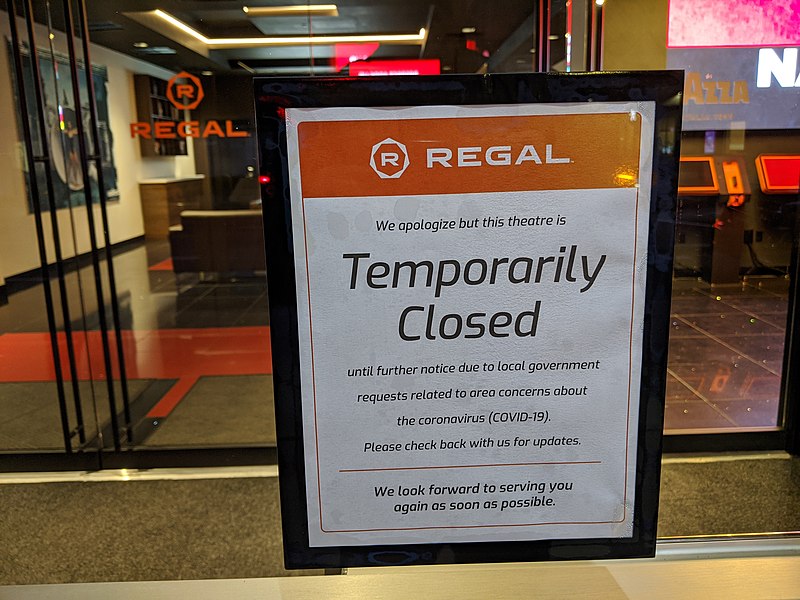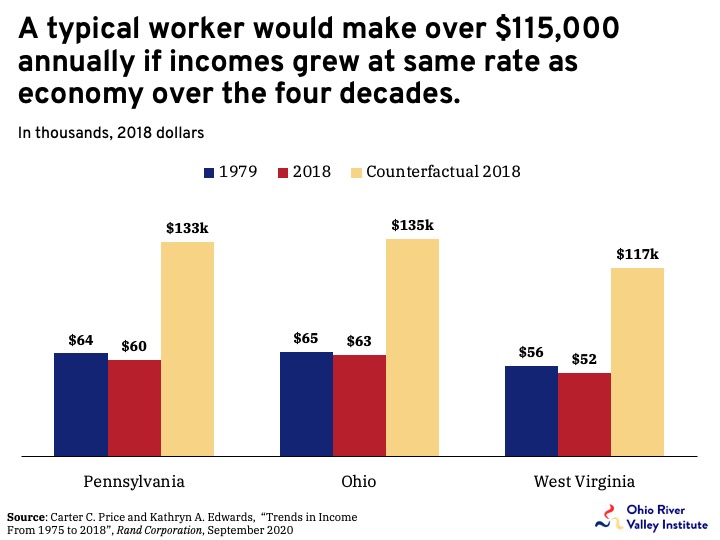http://feedproxy.google.com/~r/beat_the_press/~3/db66vE41bII/
-- via my feedly newsfeed
I have been harping on the fact that it is very likely China will be mass producing and distributing a vaccine at least a month, and quite possibly several months, before the United States. This should make people very angry.
Even a month's delay is likely to mean tens of thousands of avoidable deaths and hundreds of thousands of avoidable infections. And, it adds a month to the time period before we can get back to living normal lives. Of course, the delay could end up being many months, since we still have no idea how the clinical trials will turn out for the leading U.S. contenders.
We are in the situation where we can be waiting several months for a vaccine, after one has already been demonstrated to be safe and effective, because the Trump administration opted to pursue a route of patent monopoly research, as opposed to open-source collaborative research. If Trump had gone the latter route, as soon as China, or anyone, had a vaccine, everyone would have a vaccine, or at least everyone able to manufacture it.
Patent Monopoly Financing Versus Open Source
Since people seem to find the alternative to Trump's patent monopoly approach confusing, let me outline it simply, so that people can see what is at issue. As it turned out, Trump quite explicitly turned the development of a vaccine into a race. He created "Operation Warp Speed," to which he committed more than $10 billion of public funds. This effort is supposed to develop both vaccines and treatments for the coronavirus.
The funding takes a variety of forms. Several companies received some upfront funding, but are relying primarily on advance purchase agreements for an effective vaccine. For example, Pfizer signed a contract that commits the government to buying 100 million doses for $1.95 billion ($19.50 per shot), if it has a successful vaccine.
By contrast, Moderna relied largely on upfront funding, getting $483 million for its pre-clinical research and phase 1 and 2 trials, and then another $472 million to cover the cost of its phase 3 trials. Incredibly, after largely picking up Moderna's development costs, the government is also allowing Moderna to have a patent monopoly on its vaccine. This means it will effectively be paying Moderna twice, first with the direct funding then a second time by allowing it to charge monopoly prices on its vaccine.
This nationalistic patent monopoly route was the one Trump choose to pursue. It should be mentioned there was little visible opposition from leading Democrats in Congress.
But, we could have taken a different route. We could have looked to pool research, not just nationally, but internationally. This would mean that all research findings would be posted on the web as soon as practical and that any patents would be placed in the public domain so that everyone could take advantage of them.
We were actually seeing this sort of cooperation in the early days of the pandemic, which allowed scientists to gain an understanding of the virus more quickly than if we had followed the path of patent monopoly supported research. This path of cooperation could have continued, if Operation Warp Speed had been structured differently. Instead of paying for the research costs of a company like Moderna, and then telling them they could get a patent monopoly so that they could charge whatever they want, we could have made the condition of the funding that all its findings would be fully public and patents would be in the public domain.
Since some folks have a hard time understanding what incentive Moderna would have if they weren't getting a patent monopoly, let me explain: they would be getting paid.
Just as most of us work for money, not patent monopolies, Moderna and other drug companies developing vaccines or treatments would be getting paid directly for their research. Their incentive would be that they presumably want to continue to get paid. If they went two or three months and had nothing to show, then they would not continue to get paid.
This is the idea of working for money. I thought that most economists were familiar with it, but when it comes to financing drug research, they seem to view it as an alien concept.[1]
Anyhow, if we committed $10 billion for open research, presumably we would want comparable commitments (adjusted for size and wealth) from other countries. For example, Germany, which has an economy that is roughly one fifth the size of the U.S. economy, would be expected to commit to paying $2 billion to support open research. China would also be expected to make a commitment that was comparable relative to its GDP, although as a much poorer country (on a per person basis), perhaps the commitment would only be half as large relative to its economy.
If we had leadership in the United States that was committed to pursuing a path of open research, then presumably it would be possible to quickly work out a deal that countries were reasonably satisfied with. It doesn't matter that a deal may not make everyone perfectly happy. Lots of things are happening in the pandemic and the response that are far from perfectly fair. Such is life.
Anyhow, in this world of open research, if it turned out that China's vaccines were showing more promise earlier than the ones developed by Pfizer and Moderna and other U.S. companies, we would be able to manufacture and mass distribute their vaccines, as soon as the Food and Drug Administration (FDA) approved them. No one would need permission from China since the research was open, anyone could manufacture the vaccines who had the capability.
Just to be clear, using a Chinese vaccine does not mean accepting China's safety standards. The FDA would make its own determination of a vaccine's safety and effectiveness based on the data from the clinical trials. If it could not be confident that the data supported approval, then it would not be granted, just as is the case with any domestic vaccine or drug.
If we had gone this route, if the Chinese vaccines are shown to be safe and effective before the vaccines developed by U.S. companies, we would not be left waiting. If China, or any other country had a vaccine, we would as well. This system still leaves a problem for developing countries who lack manufacturing capabilities, but at least intellectual property concerns would not be preventing people from getting a vaccine or treatment.
Open Research and Inequality
It is hard to understand how, not just mainstream Democrats, but even progressive leaders like Senators Bernie Sanders, Elizabeth Warren, and Representative Alexandra Ocasio-Cortez, were not pushing for an open research response to the pandemic. This almost certainly would have given us a vaccine more quickly.
However, an open research approach to the pandemic also could have been a very important model for biomedical research more generally. If we went a route of financing research upfront and putting all patents in the public domain, it could save us $400 billion a year on prescription drug spending. This comes to more than $3,000 per household. It is more than twice the size of the Trump tax cut. This is real money.
Patent monopolies also have a lot to do with inequality. We are often told that technology is a big part of the story of upward redistribution over the last four decades. While this story is frequently exaggerated, insofar as it is true, it is because we have designed patent and copyright laws so that some people can get very rich at the expense of everyone else. Bill Gates would still be working for a living if the government did not give Microsoft patent and copyright monopolies on its software.
It is more than a bit bizarre that political figures who devote so much effort to combatting inequality look the other way when we design a pandemic health care research plan that both slows research progress and gives more money to those at the top.
It's fine to have progressive taxes, but it is even better to structure the market so that we don't have so much inequality in the first place. If the minimum wage had kept pace with productivity since its 1968 peak, it would be $24 an hour today. That would be a hugely different world.
While it would be great if we could raise the minimum wage to $24 an hour, we can't do that without changing many of the rules that allow so much income to be redistributed upward. The current system of patents and copyrights is a really big part of that story. In the case of the pandemic, it is not just leading to inequality, it is also costing people's health and their lives. Progressives should be paying attention.
[1] I discuss in chapter 5 of Rigged how this sort of system can be structured in a more systematic way (it's free). But in the context of dealing with the pandemic emergency, the arrangements would have to be somewhat ad hoc, as is already the case with Operation Warp Speed.
The post Waiting for a Vaccine: Killing for Inequality appeared first on Center for Economic and Policy Research.




